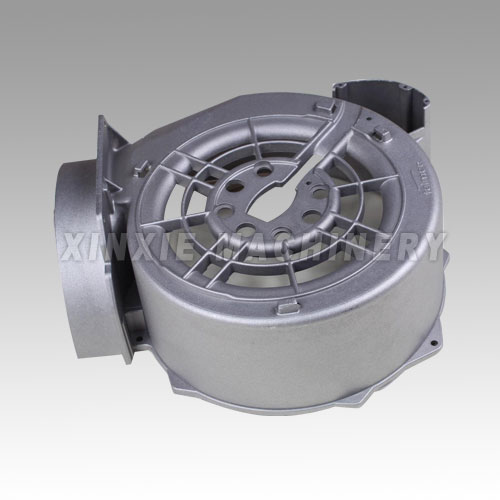1.Sand Casting Mold
The oldest types of molds for
Aluminum Casting are the molds that have been used since the time of the Egyptians. These types of molds are made when a cavity is created in sand that is held in a box or "flask". Usually the original "pattern" is made out of wood, metal or other solid material. There is also a core in the sand cavity that forms the center of the casting. Of the different aluminum casting molds, this is one that is used especially for engine blocks, engine manifolds, and other large and heavy castings.
2.Ceramic Mold
Another type of casting mold used with aluminum and other molten metals is the ceramic mold. Used most commonly for the investment casting process, the ceramic mold is created around plastic or wax that melts when the mold is fired while it is being created. After the wax is "lost", the mold is then ready to receive the molten metal. This type of casting process is also called "
Precision Casting" because of the precise castings that can be created with this process.
3.Permanent Mold Casting
Permanent types of aluminum casting molds are made from metals such as steel and iron. The molten aluminum is forced by gravity or a vacuum into the permanent mold cavity. One advantage of these types of mold castings is that the mold is permanent; unlike sand casting molds which are usually destroyed when extracting the castings once they have cooled. It is also less expensive when used for a large number of castings.
4.Die Casting Molds
Die casting molds use steel dies or molds to produce a lot of identical castings. With aluminum, as other metals, the molten metal is forced under high pressure into these types of molds for aluminum casting. This is a versatile process that enables the production of a large quantity of small to medium-size castings.
5.Shell Mold
A shell mold is a type of sand casting mold that uses resin to bond the sand into a thin, 10- to 20-mm thick, shell. While the use of these types of molds for aluminum casting produces a better surface finish with more accurate dimensions, this process is definitely more expensive.
6.Plaster Molds
Plaster molds are created using plaster slurry that is poured around wax or another type of expendable material such as foam. As the plaster mold is baked, the pattern melts out, leaving a perfect representation of the pattern. Molten metal is then poured into the cavity of the plaster molds. This is another form of "lost wax casting".
7.Graphite Casting Molds
Graphite molds and cores are often employed with aluminum centrifugal casting. This process forces metal into the mold and uses rapid chilling to produce a quality of casting not possible with other methods.
These are the seven types of molds for aluminum casting most commonly used to produce aluminum castings. Each casting mold is used to produce specific qualities and for different types of casting properties.




